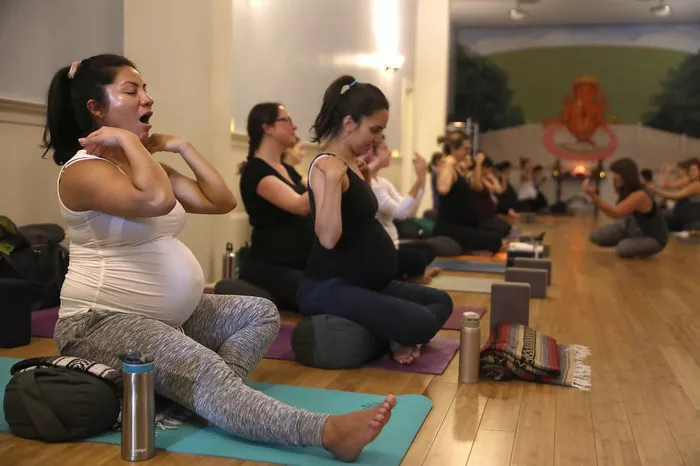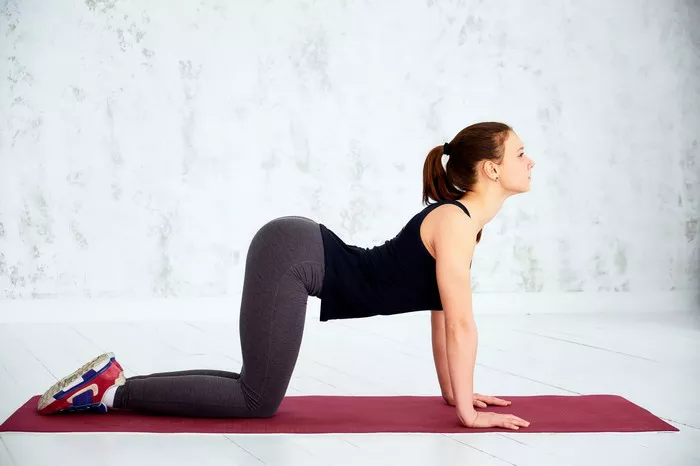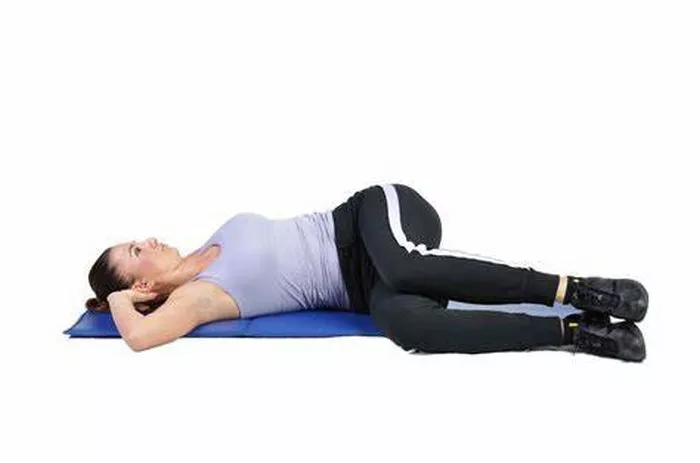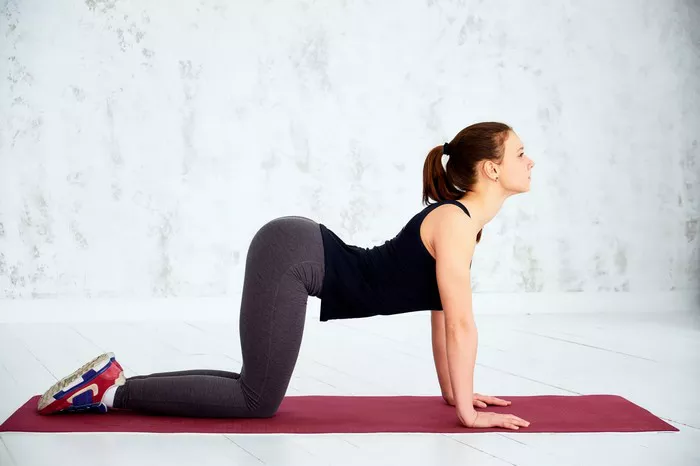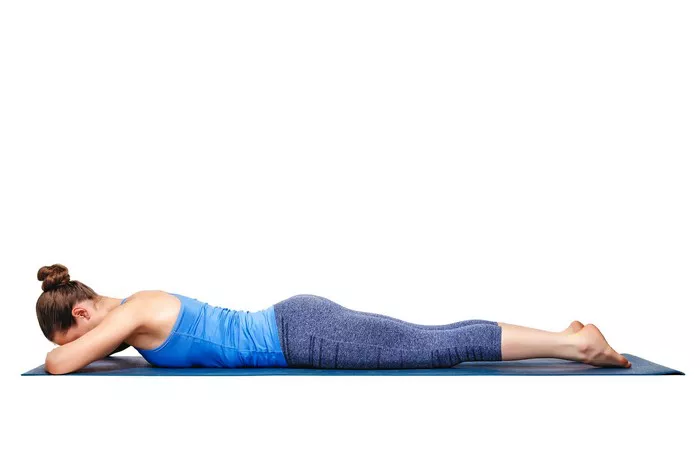Ashtanga Yoga, a profound and structured system of yoga, is meticulously constructed upon eight intricately interwoven limbs or elements. These elements serve as an all – encompassing roadmap for practitioners, leading them on a transformative odyssey towards physical vitality, mental clarity, and spiritual enlightenment. Each limb plays an indispensable role in this holistic approach, and a thorough understanding of them is the key to a more profound and meaningful exploration of the practice.
The First Three Pillars
Yamas: Ethical Foundations
The first limb of Ashtanga Yoga, Yamas, encompasses a set of ethical principles and social observances. These include non – violence (ahimsa), truthfulness (satya), non – stealing (asteya), continence (brahmacharya), and non – greed (aparigraha). Yamas form the moral groundwork of the practice, encouraging practitioners to cultivate a harmonious relationship with themselves and the world around them. By adhering to these principles, one can create a positive impact on their environment and reduce negative karmic influences.
Niyamas: Self – Discipline and Inner Observances
Niyamas, the second limb, focuses on self – discipline and inner observances. It consists of purity (saucha), contentment (santosha), self – study (svadhyaya), devotion to a higher power (isvara pranidhana), and austerity (tapas). Niyamas help practitioners to turn their attention inward, fostering self – awareness and personal growth. Through these practices, one can purify the mind and body, develop a sense of gratitude, and deepen their spiritual connection.
Asanas: Physical Postures
Asanas, the third limb, are the physical postures that most people associate with yoga. This limb involves a series of carefully sequenced poses that aim to strengthen the body, improve flexibility, and promote balance. Asanas not only have physical benefits but also help to calm the mind and prepare it for deeper states of meditation. Each posture in Ashtanga Yoga is designed to work on different parts of the body, enhancing overall physical health and well – being.
The Enigmatic Fourth Element: Pranayama
The Life Force Energy
Pranayama, the fourth element of Ashtanga Yoga, is the practice of controlling the life force energy known as “prana.” Prana is the vital energy that flows through all living beings, and pranayama techniques are aimed at regulating and enhancing this energy. In Ashtanga Yoga, pranayama is not just about breathing exercises; it is a powerful tool for mastering the flow of prana within the body and mind.
Types of Pranayama
Ujjayi Breath: This is one of the most commonly practiced pranayama techniques in Ashtanga Yoga. Ujjayi breath involves constricting the back of the throat slightly while inhaling and exhaling, creating a soft, ocean – like sound. It helps to calm the mind, warm the body, and increase the flow of oxygen. Ujjayi breath is often synchronized with the movement in Ashtanga asanas, creating a rhythmic and meditative flow.
Nadi Shodhana (Alternate Nostril Breathing): Nadi Shodhana is a technique that involves breathing through alternate nostrils. This practice is believed to balance the left and right hemispheres of the brain, as well as the ida and pingala nadis (energy channels). By balancing these energy channels, nadi shodhana helps to reduce stress, improve concentration, and enhance overall mental clarity.
Kapalabhati (Skull Shining Breath): Kapalabhati is a more dynamic pranayama practice. It consists of rapid, forceful exhalations through the nose, with passive inhalations. This technique is said to purify the brain and sinuses, increase energy levels, and stimulate the digestive system. However, it should be practiced with caution, especially for those with certain health conditions.
The Significance of Pranayama in Ashtanga Yoga
Pranayama acts as a bridge between the physical practice of asanas and the more subtle aspects of yoga, such as meditation. It helps to prepare the body and mind for deeper states of concentration and meditation by calming the nervous system and reducing distractions. By controlling the breath, practitioners can also influence their emotional state, reducing stress, anxiety, and negative emotions. In addition, pranayama enhances the physical benefits of asanas, as the increased oxygen flow to the muscles allows for better performance and deeper stretching.
The Interconnectedness of the Limbs
The eight limbs of Ashtanga Yoga are not isolated practices but are deeply interconnected. Pranayama, as the fourth element, builds upon the foundation laid by yamas, niyamas, and asanas. The ethical and self – discipline practices of yamas and niyamas create a conducive environment for the effective practice of pranayama. The physical strength and flexibility developed through asanas enable the body to perform pranayama techniques more comfortably and efficiently.
Conversely, pranayama also has a positive impact on the other limbs. A regular pranayama practice can enhance one’s ability to adhere to the ethical principles of yamas and niyamas, as it cultivates a more centered and compassionate mind. It also improves the quality of asana practice by increasing breath awareness and control, leading to deeper and more meaningful postures. Moreover, pranayama prepares the mind for the higher limbs of yoga, such as dharana (concentration) and dhyana (meditation), by calming the fluctuations of the mind.
Incorporating Pranayama into Practice
Beginners’ Guide
For beginners, it is important to start with simple pranayama techniques and gradually build up the practice. Ujjayi breath is an excellent starting point, as it is relatively easy to learn and can be incorporated into daily life, not just during yoga sessions. Start with a few minutes of Ujjayi breath, focusing on slow, deep inhalations and exhalations. As you become more comfortable, you can gradually increase the duration of the practice.
When learning nadi shodhana, it is advisable to practice under the guidance of a qualified yoga instructor. The instructor can ensure that you are using the correct hand positions and breathing techniques. Begin with a few rounds of alternate nostril breathing, paying close attention to the flow of air and the sensation in the nostrils.
Advanced Practice
For more experienced practitioners, pranayama can be integrated more deeply into the Ashtanga Yoga practice. This may involve longer and more complex pranayama sequences, as well as combining different techniques. Advanced practitioners can also explore the subtler aspects of pranayama, such as the relationship between pranayama and the chakras (energy centers in the body).
In addition, advanced pranayama practice may include the use of bandhas (energy locks). Bandhas, such as mula bandha (root lock), uddiyana bandha (abdominal lock), and jalandhara bandha (throat lock), can enhance the effects of pranayama by controlling the flow of prana within the body. However, the practice of bandhas should also be learned and practiced with care and under proper guidance.
Conclusion
Pranayama, the fourth element of Ashtanga Yoga, is a powerful and transformative practice that lies at the heart of this ancient yoga system. It offers a multitude of physical, mental, and spiritual benefits, acting as a crucial link between the physical and the subtle aspects of yoga. By understanding and incorporating pranayama into their practice, practitioners can deepen their connection with the self, enhance their overall well – being, and progress further on the path of self – realization. As an integral part of the eight – limb framework of Ashtanga Yoga, pranayama enriches and elevates the entire yoga experience, making it a practice that is both profound and rewarding.



